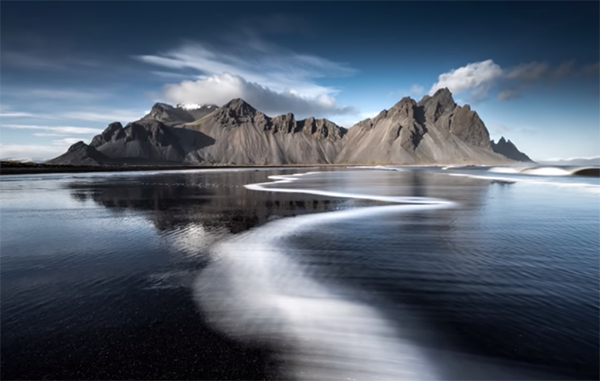Key Features of Leica’s New SL3-S — 3 Min. Digest
Leica just announced the SL3-S, a full-frame mirrorless camera with emphasis on video performance. Priced 25% below the 2024 price of the Leica SL3, the SL3-S is the first model in the Leica SL-System to be equipped with CAI-compliant content credentials technology. Here are the key new features, photos, pricing and availability information.

Leica SL3-S Key New Features
Smaller and 10% lighter (vs SL3) all-metal body
New 24-megapixel BSI CMOS full-frame sensor
Resolution-boosting 48/96-megapixel Handheld Multishot Mode
Leica’s MAESTRO IV image signal processor with L2 technology
Leica’s latest AF-System (PDAF + Contrast Detection + Object Detection)

Leica SL3-S Key New Features (cont.)
Burst shooting up to 30 fps with full AF support (8GB Buffer)
Video Resolution up to 5952 x 3968 (6K, Open Gate)
HEVC, ProRes 4:2:2 and HDMI RAW
Updated HDMI (2.1 Type A) connectivity with Timecode Interface
Camera to Cloud with frame.io (coming in early 2025)
Dual card slot: SD-UHS II and CFexpress Type B
Tiltable 3.2-inch LCD with 2.3 million dots
New menu design
Weather/Dust protection IP54 rating

Leica SL3-S Key New Features (cont.)
Leica Content Credentials (Content Authenticity Initiative compliant)
Faster Wi-Fi (up to 40MB/s)
Higher capacity (2200mAh) battery BP-SCL6 (vs 1860mAh BP-SCL4)
Certified Apple “Made for iPhone and iPad” accessory
The Leica SL3-S is now available worldwide in all Leica Stores, in the Leica Online Store and from authorized Leica dealers. Price (body only) is $5,295.


Want to Become a Better Photographer?
Begin by taking more pictures. Carry a camera everywhere you go and shoot even when you’re 100% sure the picture won’t turn out. Review all of your images with a critical eye and share them with others – and that includes posting the best on our Gallery. Subscribe to our newsletter (see sign-up form on our homepage) and bookmark Shutterbug as a Favorite on your browser so you can check back often. We’re in this for the same reason as you – we love photography, and we’re learning more about it every day.
—Jon Sienkiewicz








